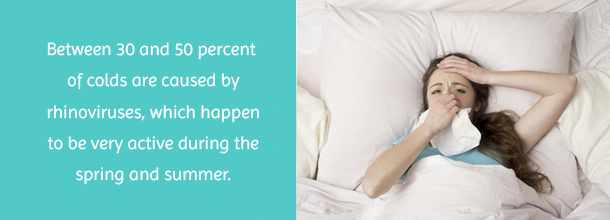
On April 22nd Earth Day will be celebrated for the 46th consecutive year. Over the years, 1 billion people in 192 countries have participated making it the largest civic observance in the world. Thanks to the efforts of the volunteers helping raise awareness about the Earth and environment, the U.S. Environmental Protective Agency, the Clean Air and Clean Water Acts and the Endangered Species Acts have all been created.
This year the theme is Trees for the Earth. The goal is to plan t 7.8 billion trees by the 50th anniversary in 2020. So far, 3 million trees have already been planted. So, why is it so important to plan more trees?
Climate Change and Pollution - Trees help to absorb pollutants, toxins and CO2 released into the air.
Biodiversity - Trees give homes to many diverse species. Due to economic growth and construction expansion many of these animals have been forced out of their homes.
Communities - Planting trees help a community’s long-term sustainability both economically and environmentally.
There are many ways that you can get involved in Earth Day. Many cities, schools and church groups host events. You can visit http://www.earthday.org/take-action/ to find events in your area. Alternatively, you can sign up online and build your own team to plant trees, plants and beautify your neighborhood and communities. If you don’t have a green thumb, you can also pick up trash on your streets and at local parks a s well as host a recycling drive to collect and help teach proper recycling practices.
Get involved! To learn more about earth day and how to volunteer and get involved visit www.earthday.org.








